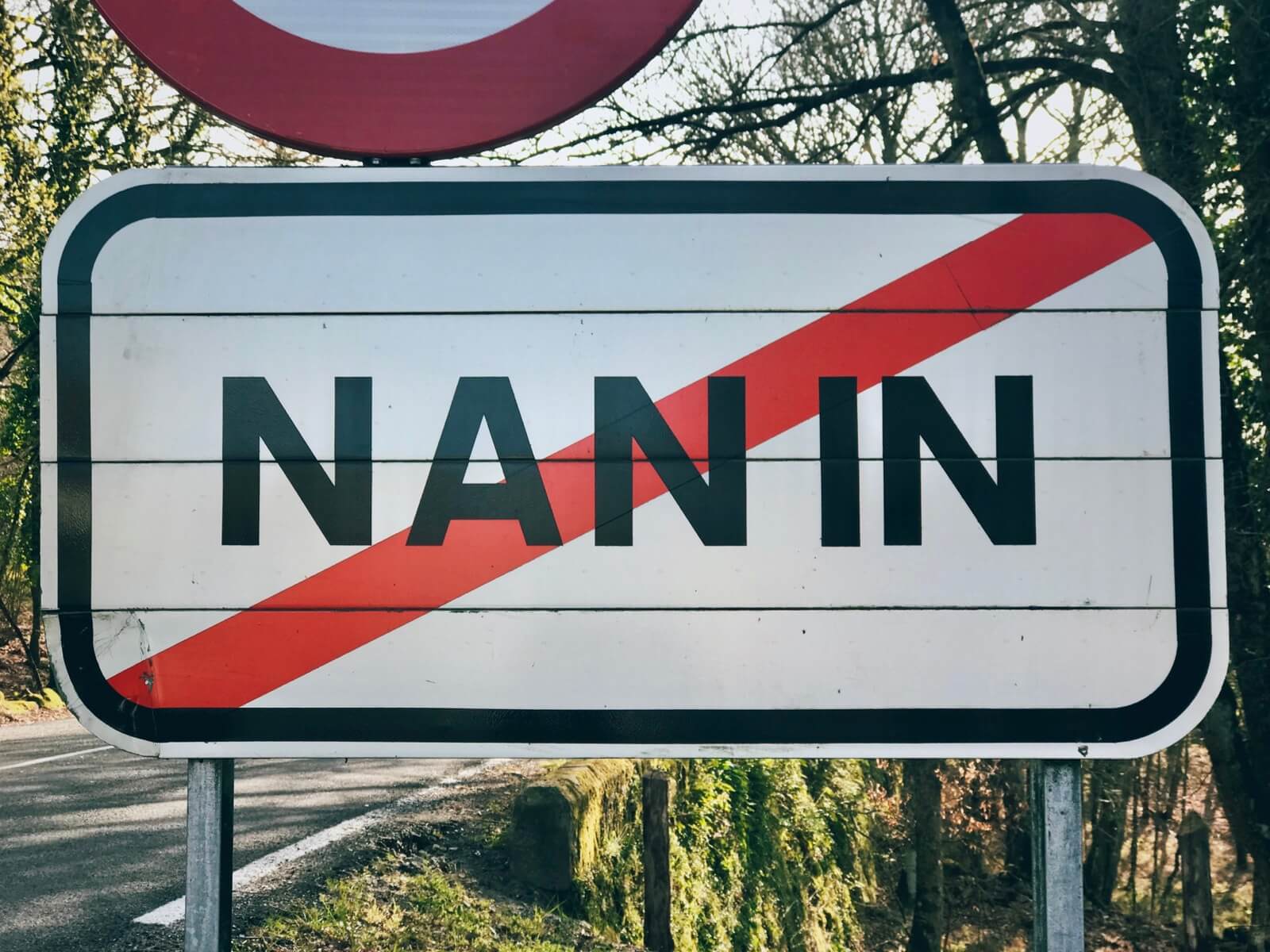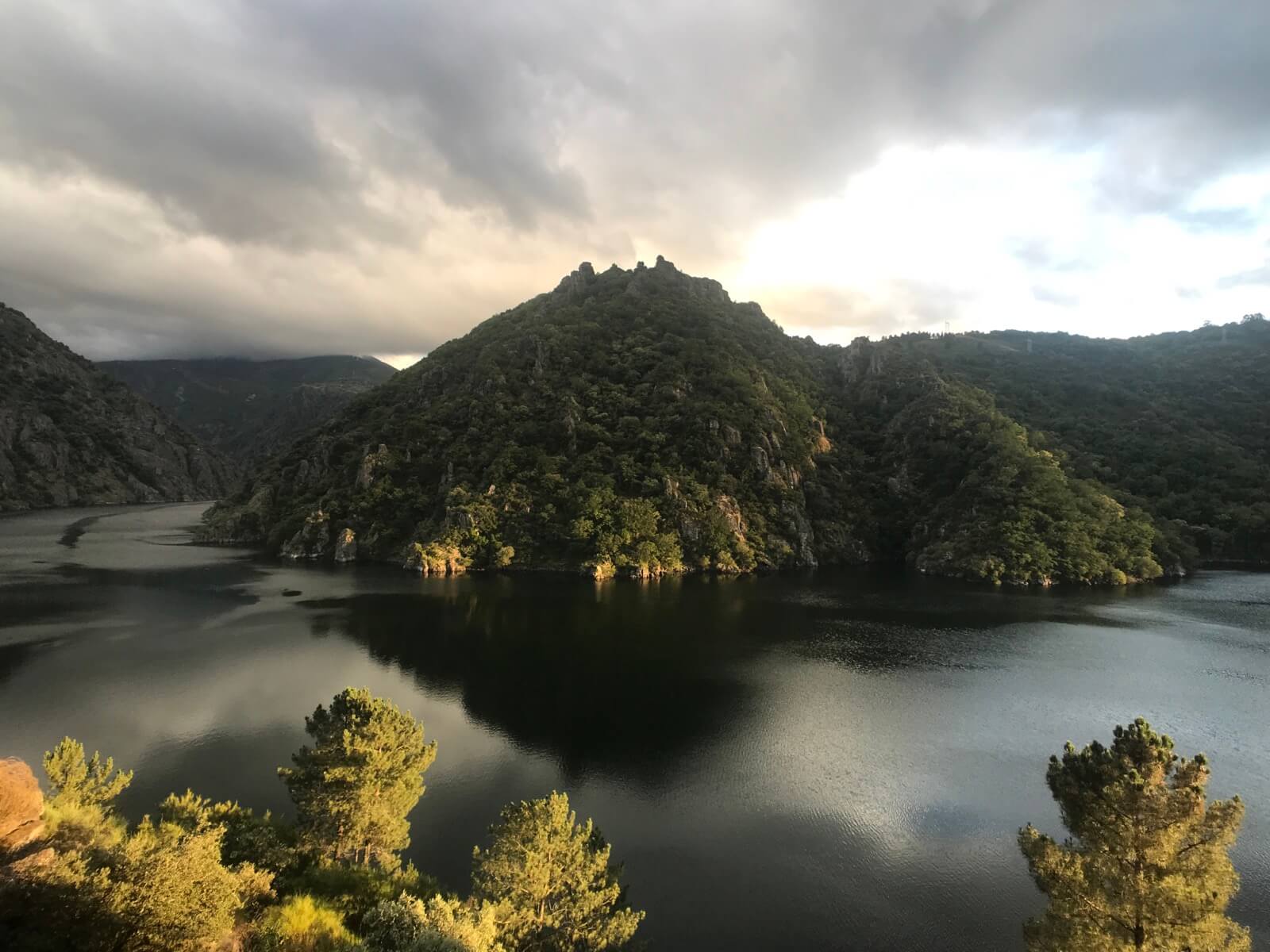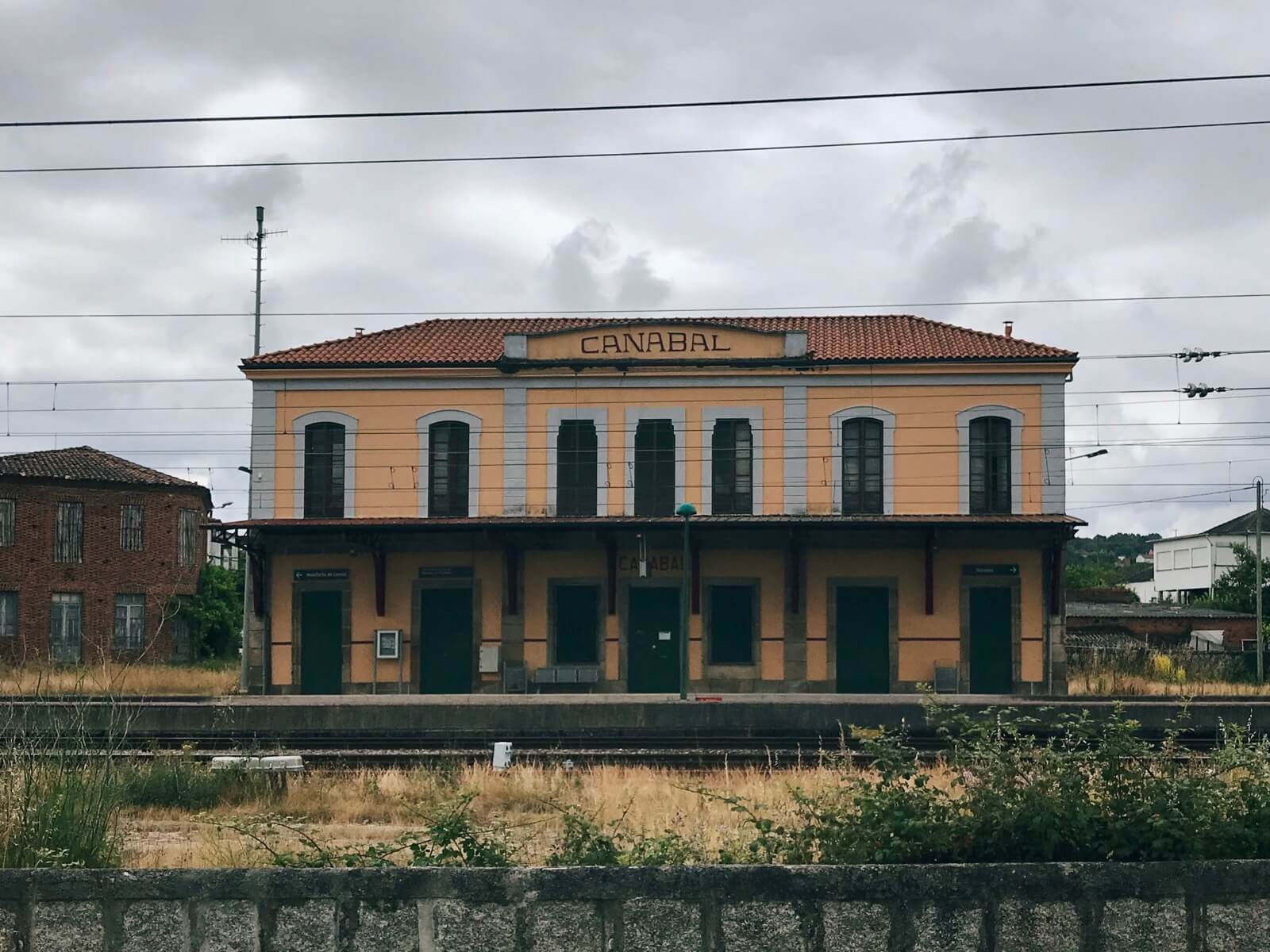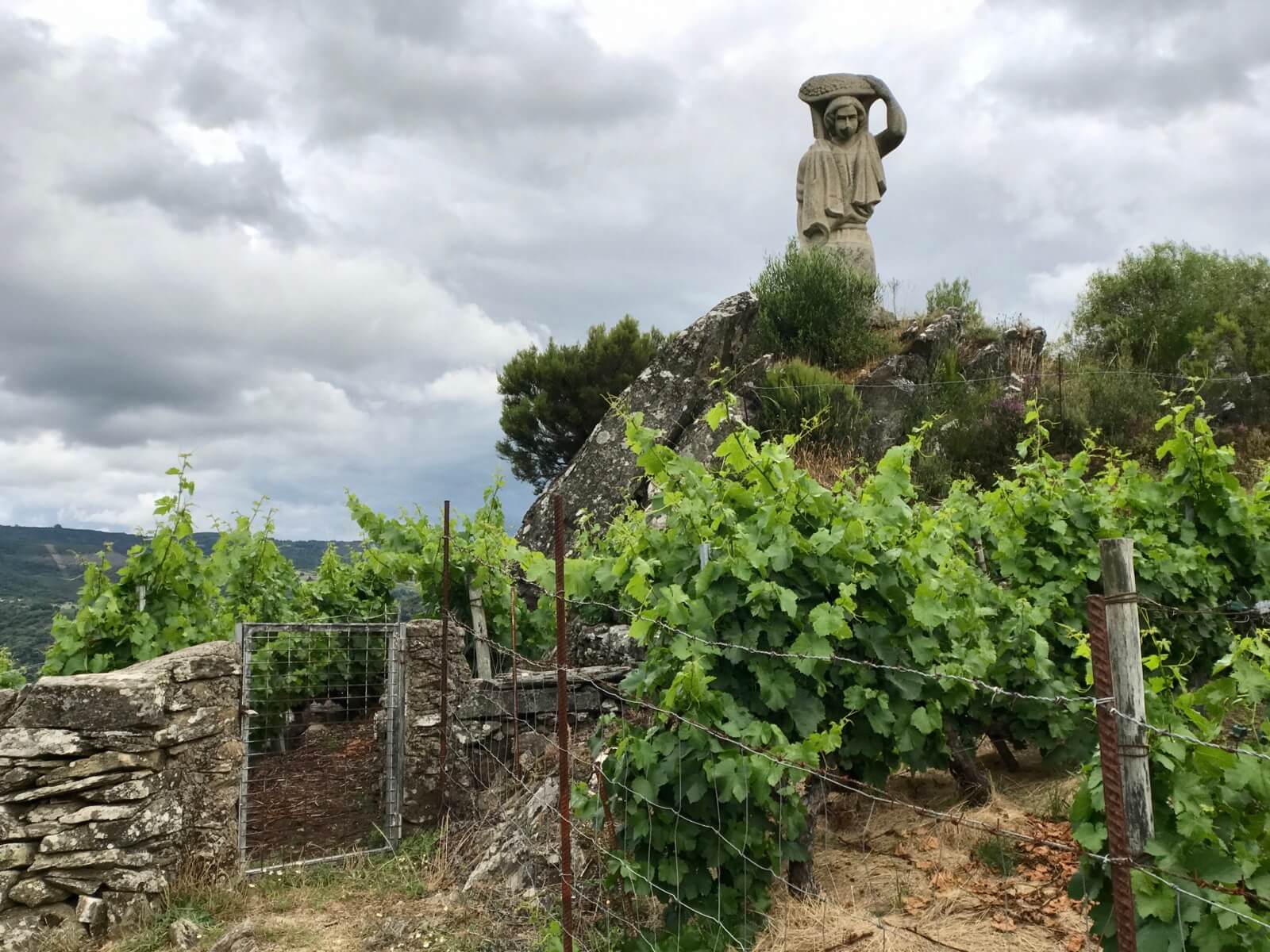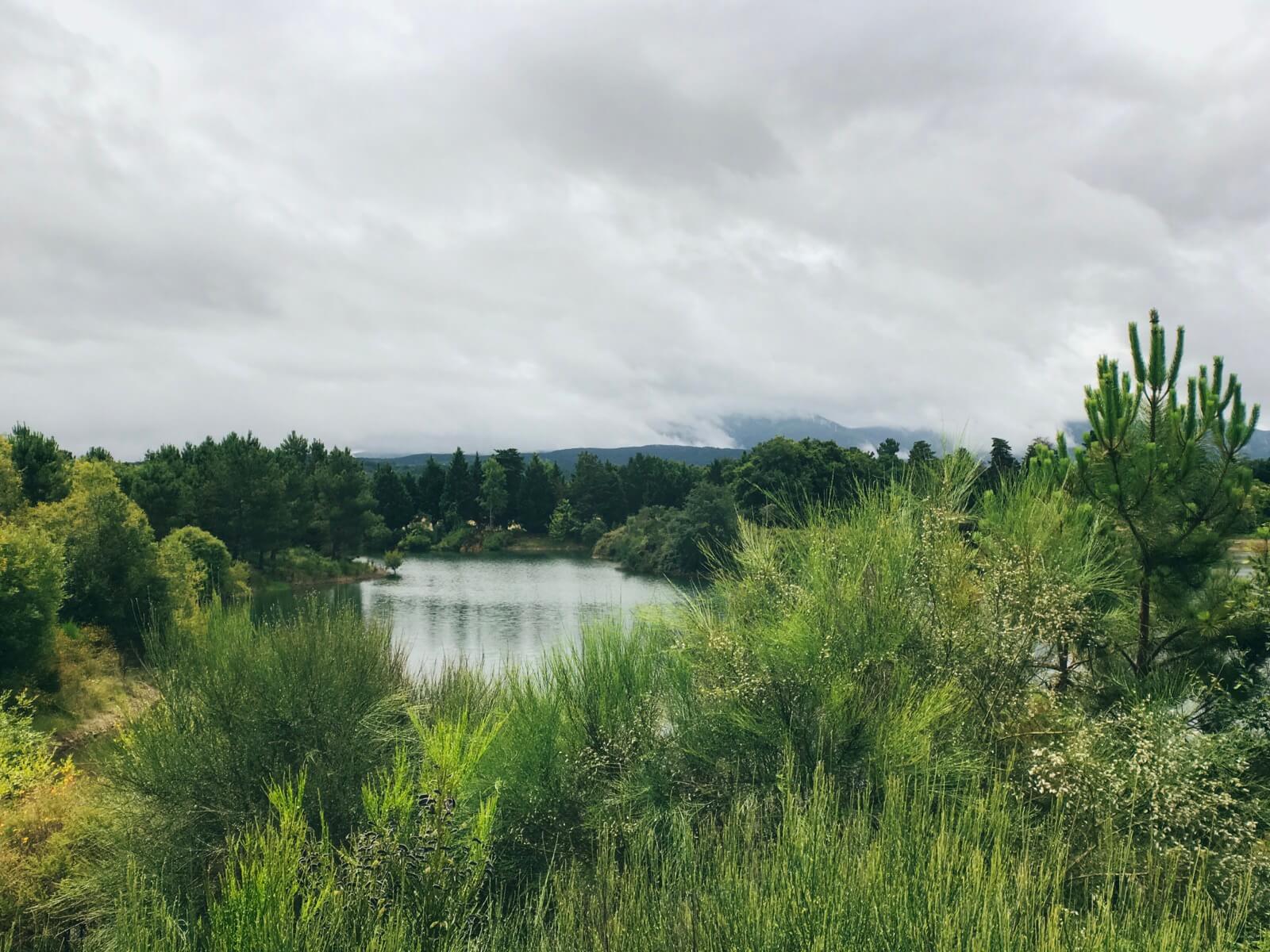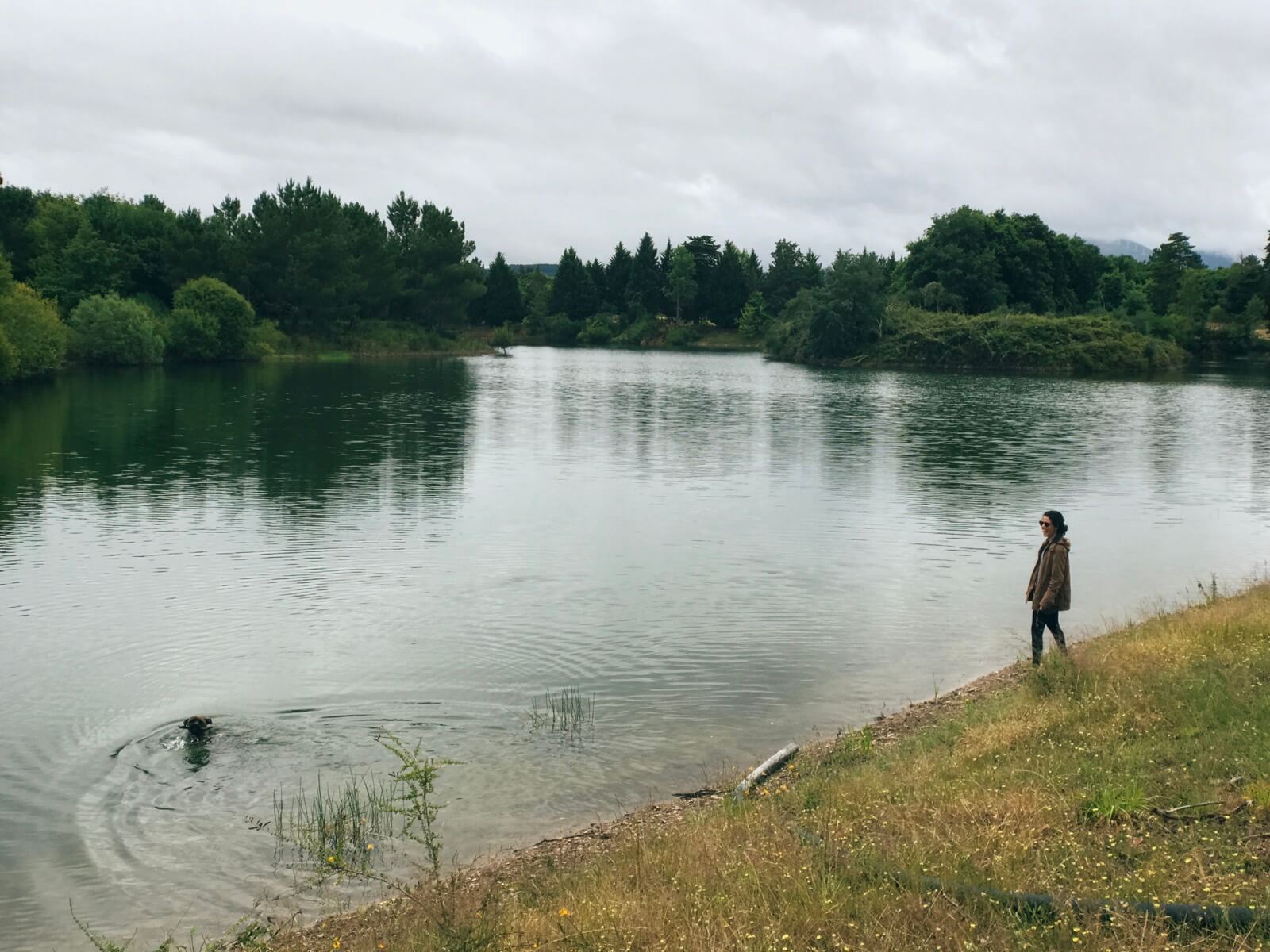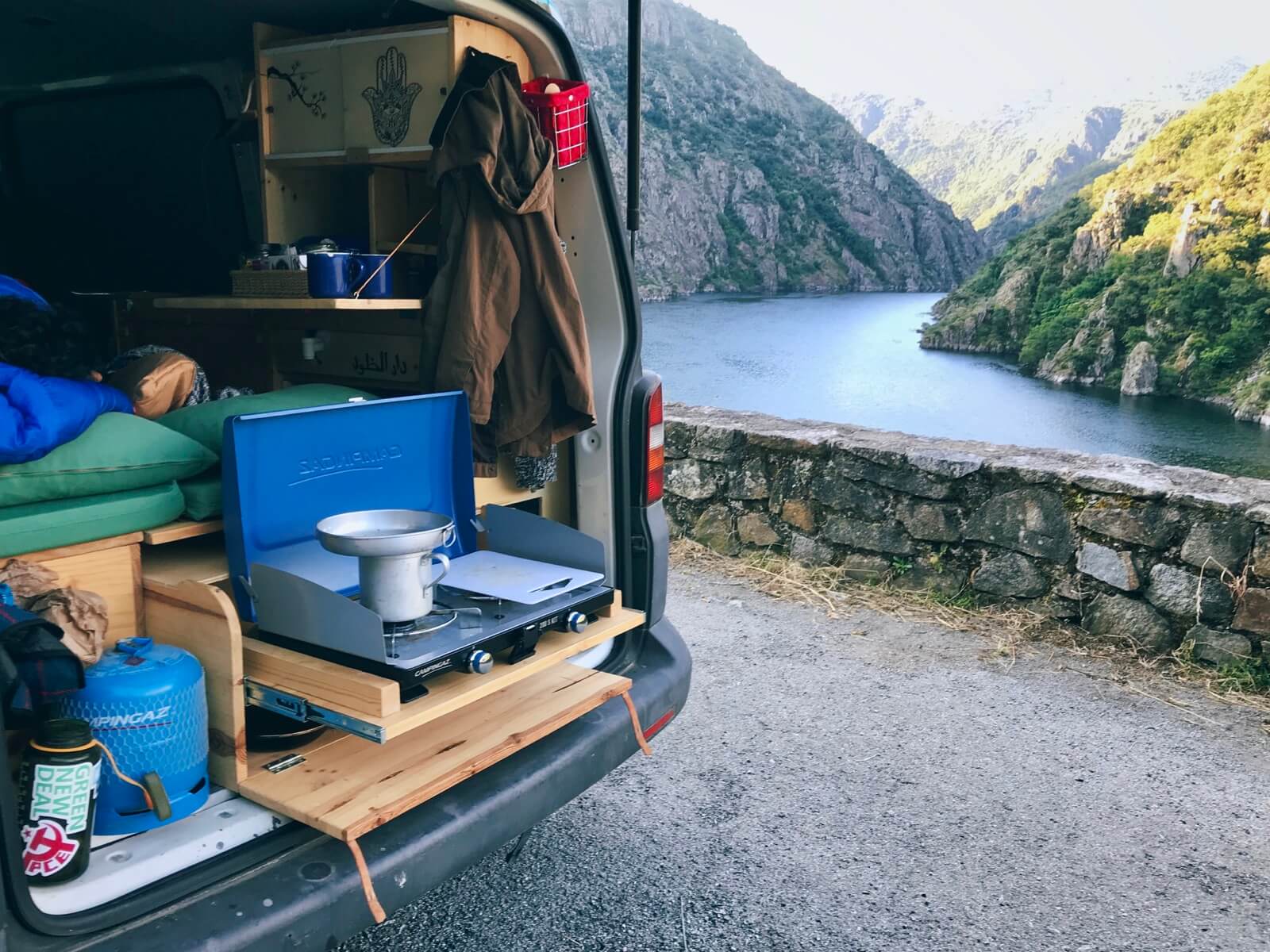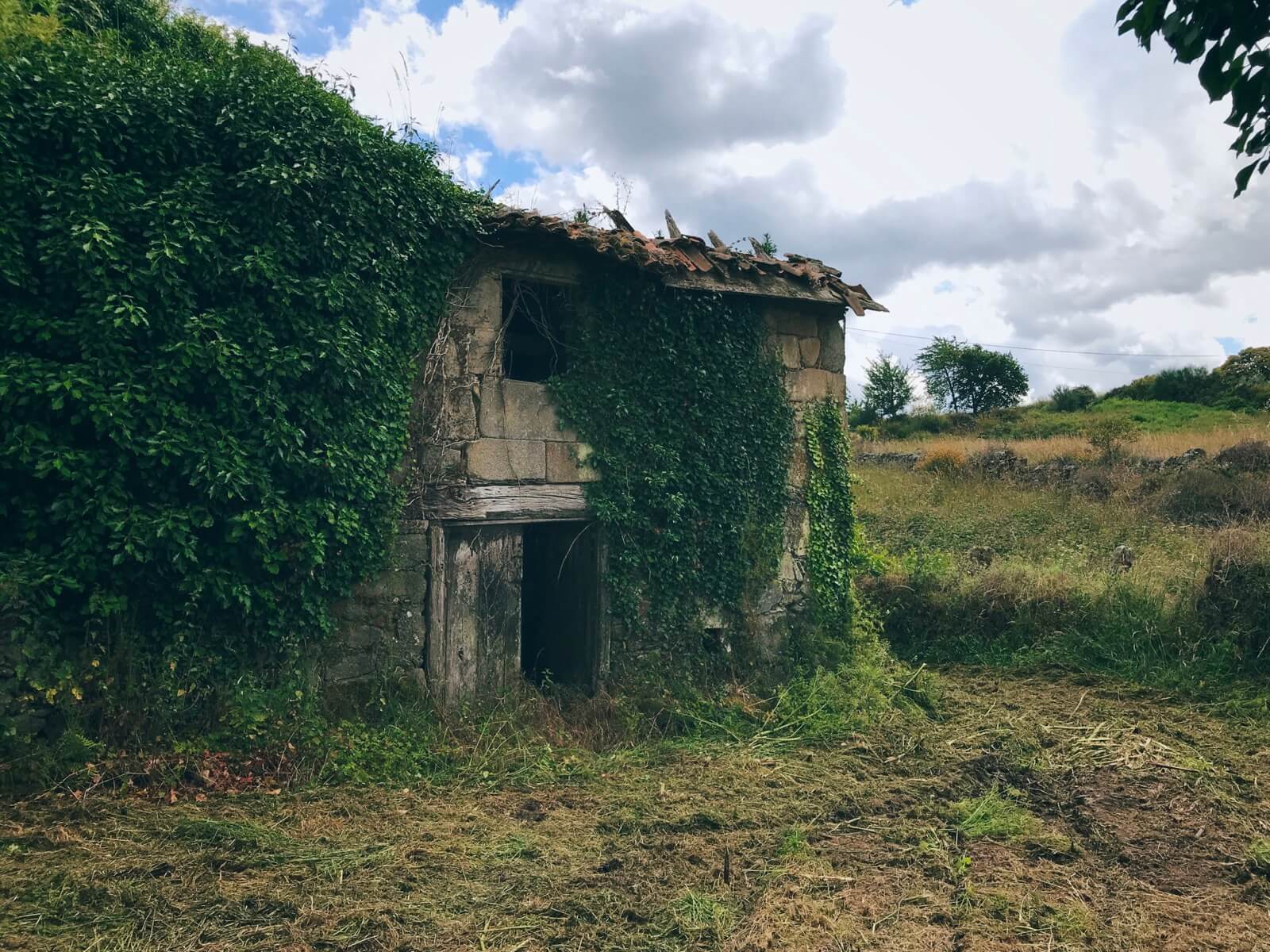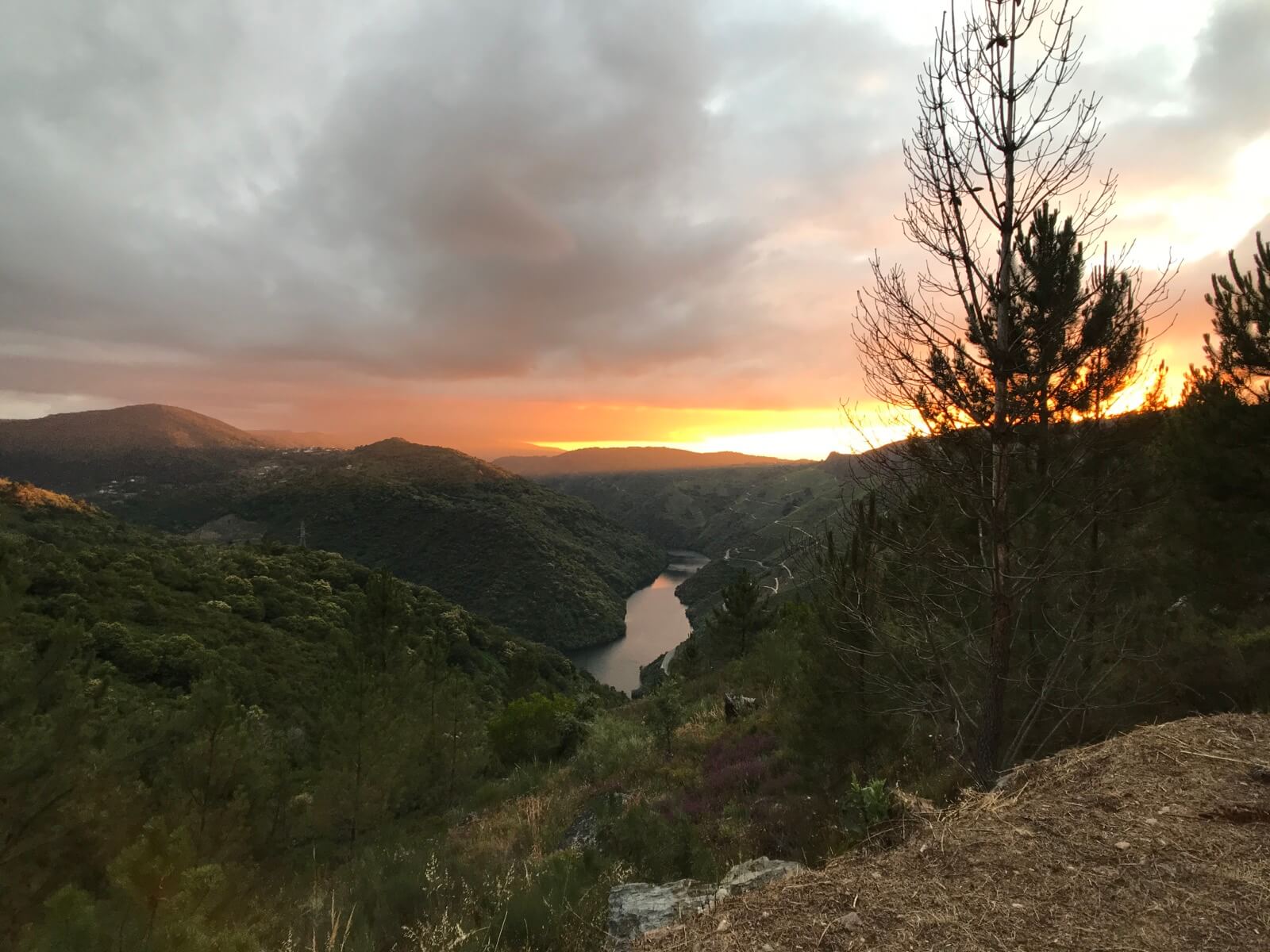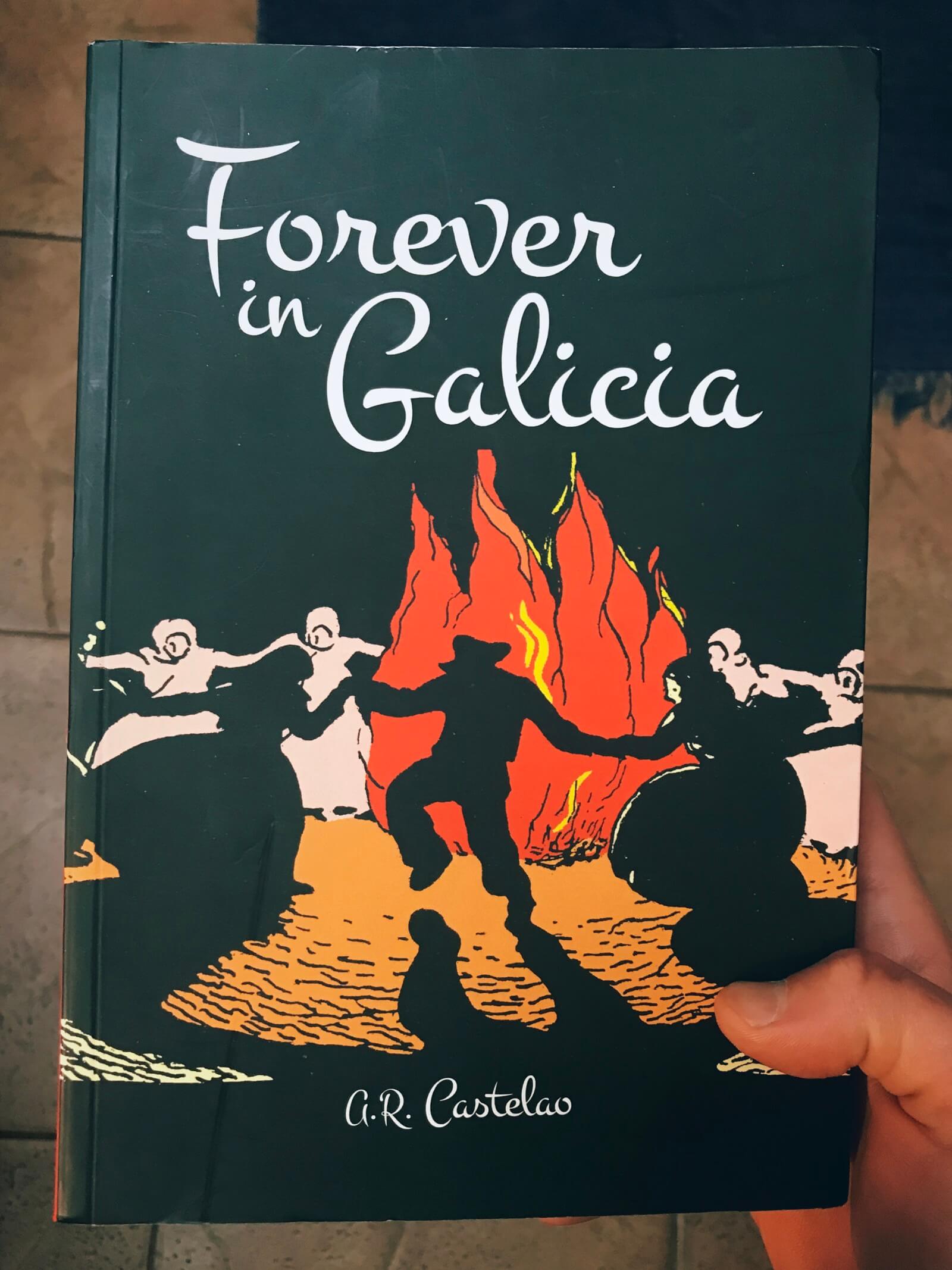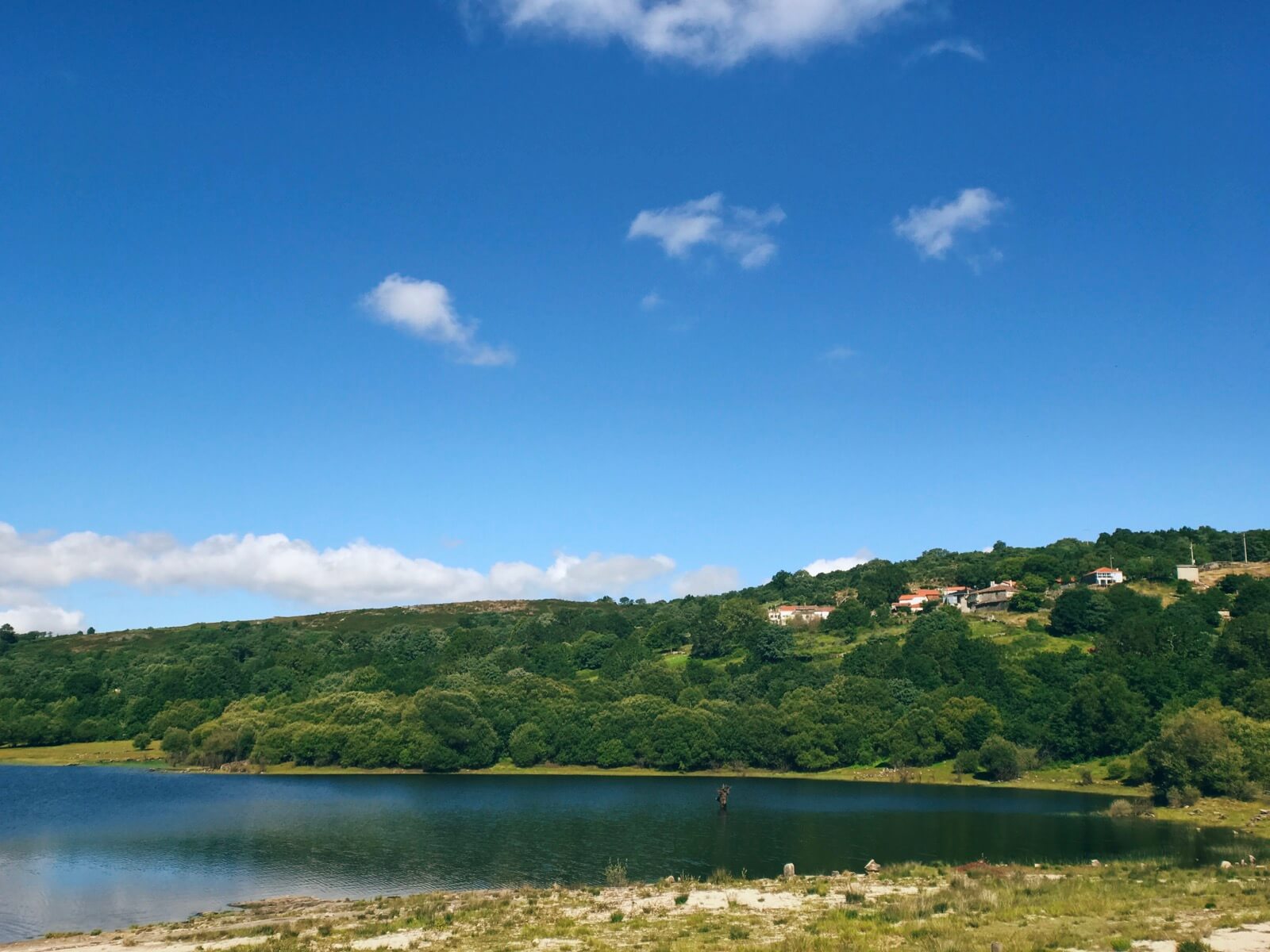I’m sitting in two shipping containers converted into a small 30 square meter house. They’re installing drywall in what will be the bathroom. I’d like to be outside, but it’s raining off and on. I’ll use this time to share photos from the last eighteen months in Allariz.

This was one of the first houses for sale we looked at. I’m very happy to report that we didn’t jump into this and spent more time feeling out the area and where we wanted to be.

Our rental in all her glory. Refreshing and cool in the spring and summer, freezing and unbearable in the winter, but better than an apartment in a city for a global pandemic and the ensuing quarantines.
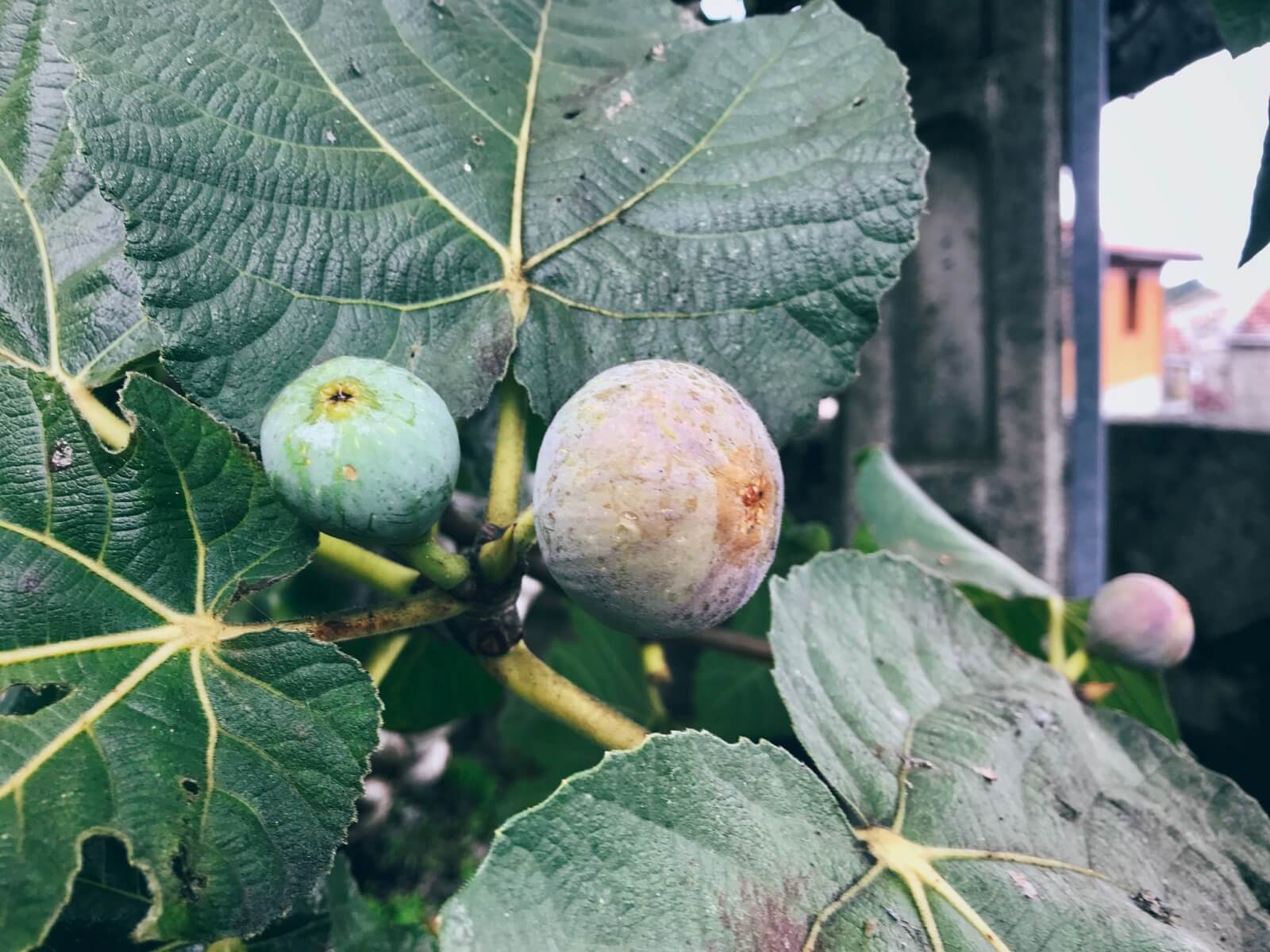
Like the house, the fig tree was a mixed bag. It gets messy and attracts bees.
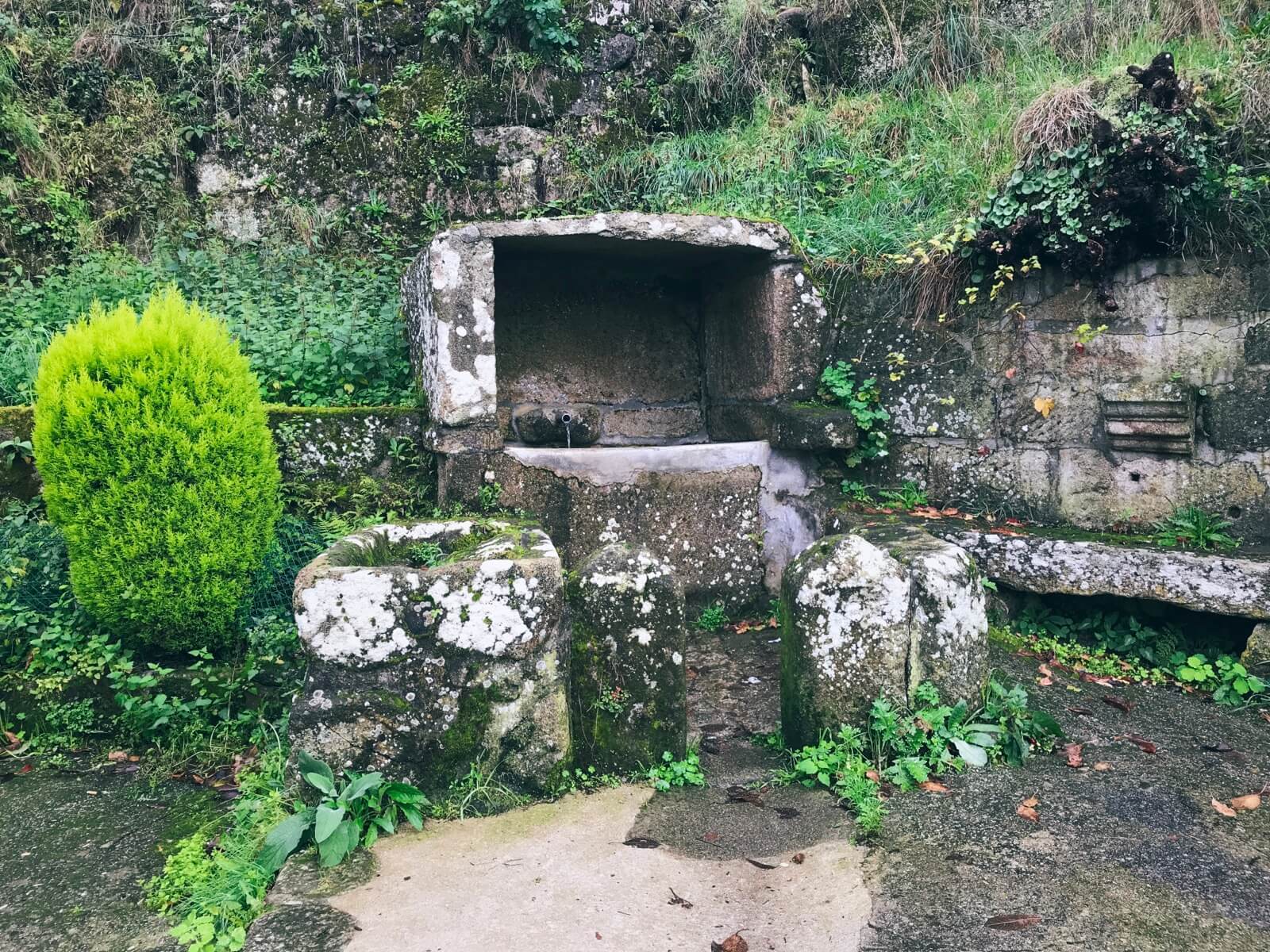
The fuente of Nanín, according to locals, gives some of the best water in all of Allariz. Indeed, we’d often see people with many glass jugs of water filling up for the water .

I never tired of trying to photograph nature. As is the case, it never comes out how I saw an felt the landscape at the time, but the the colors of this one from December 2019 is special.
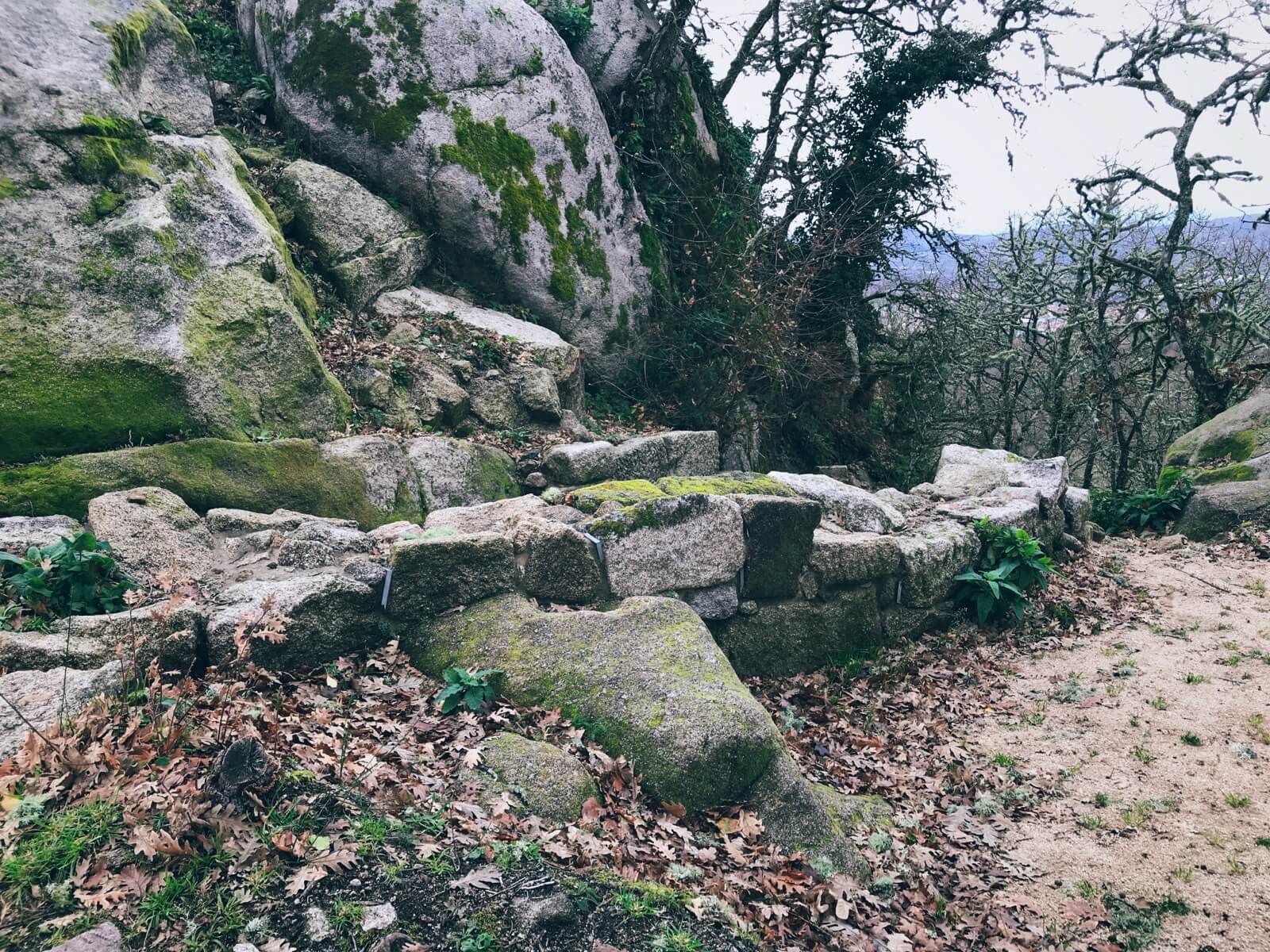
What’s left of the castelo de Todea at the strategic top of a hill in O San Salvador, another village close to Nanín.

The Arnoia river from a walking path close to Vilariño do Río. Monforte also has a river running through it, the Cabe.
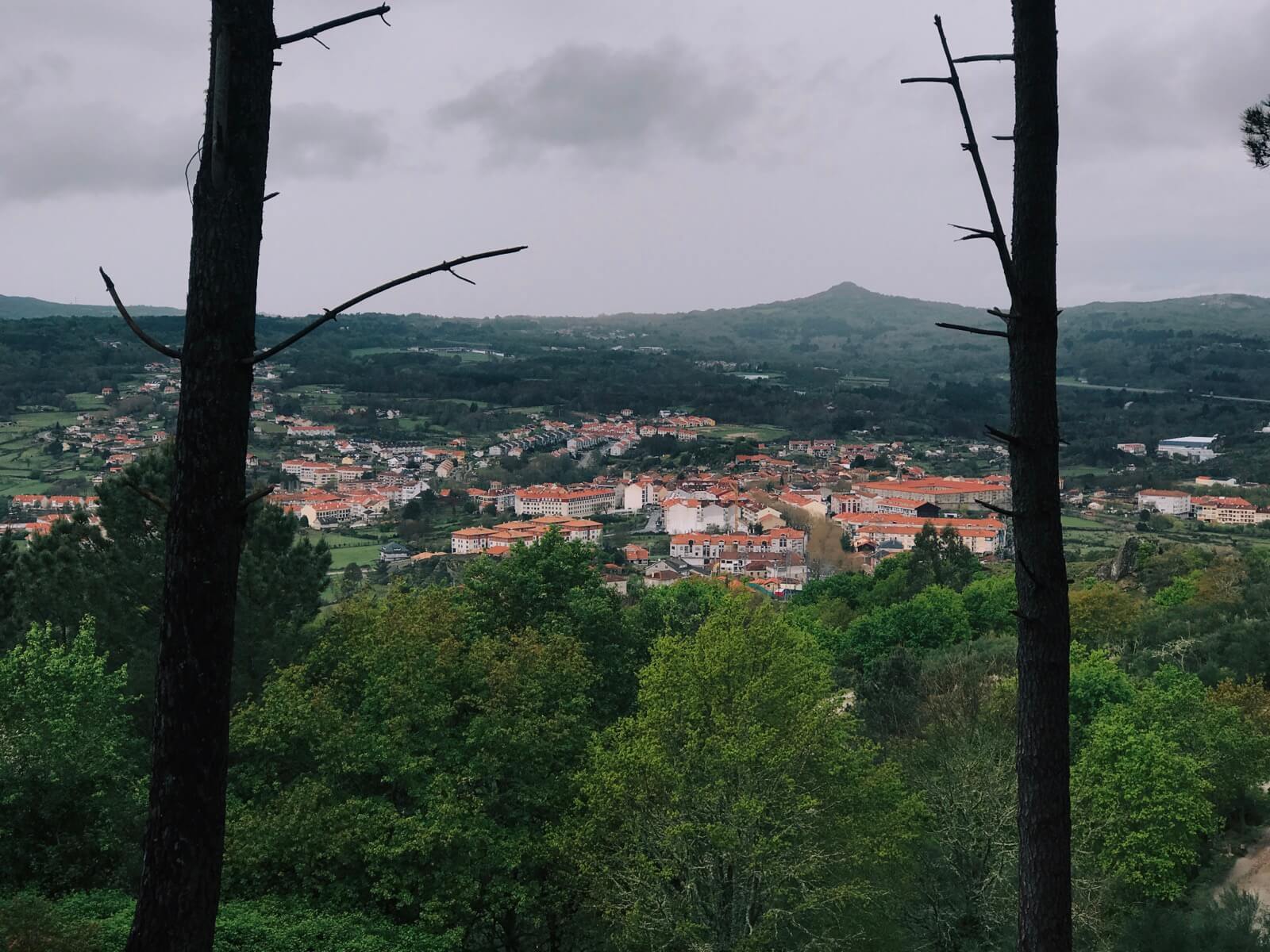
Then a pandemic came and I started noticing that Allariz gave me a different feeling. Yes, it was small, that hadn’t bothered me. But only heading down for a weekly market trip was a bit surreal. For months, I would walk up the monte and see what Allariz looked like that day from afar.
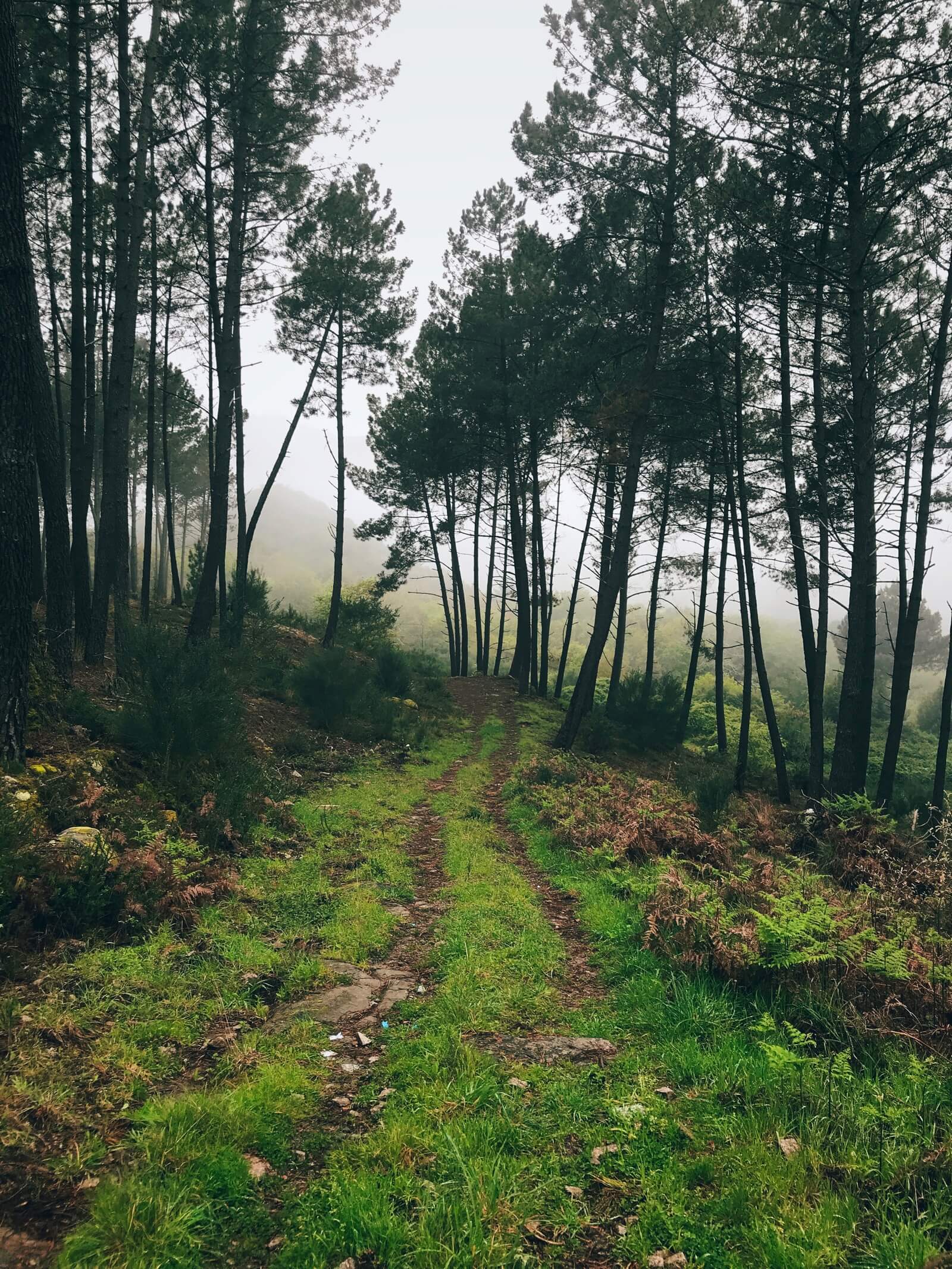
I started escaping to the monte much more than usual, usually with Alqo, many times with Patricia. I saw the changes in season and the cycle of vegetation on the same worn paths. Further down from the above image, I saw the tail end of a big boar running from us.
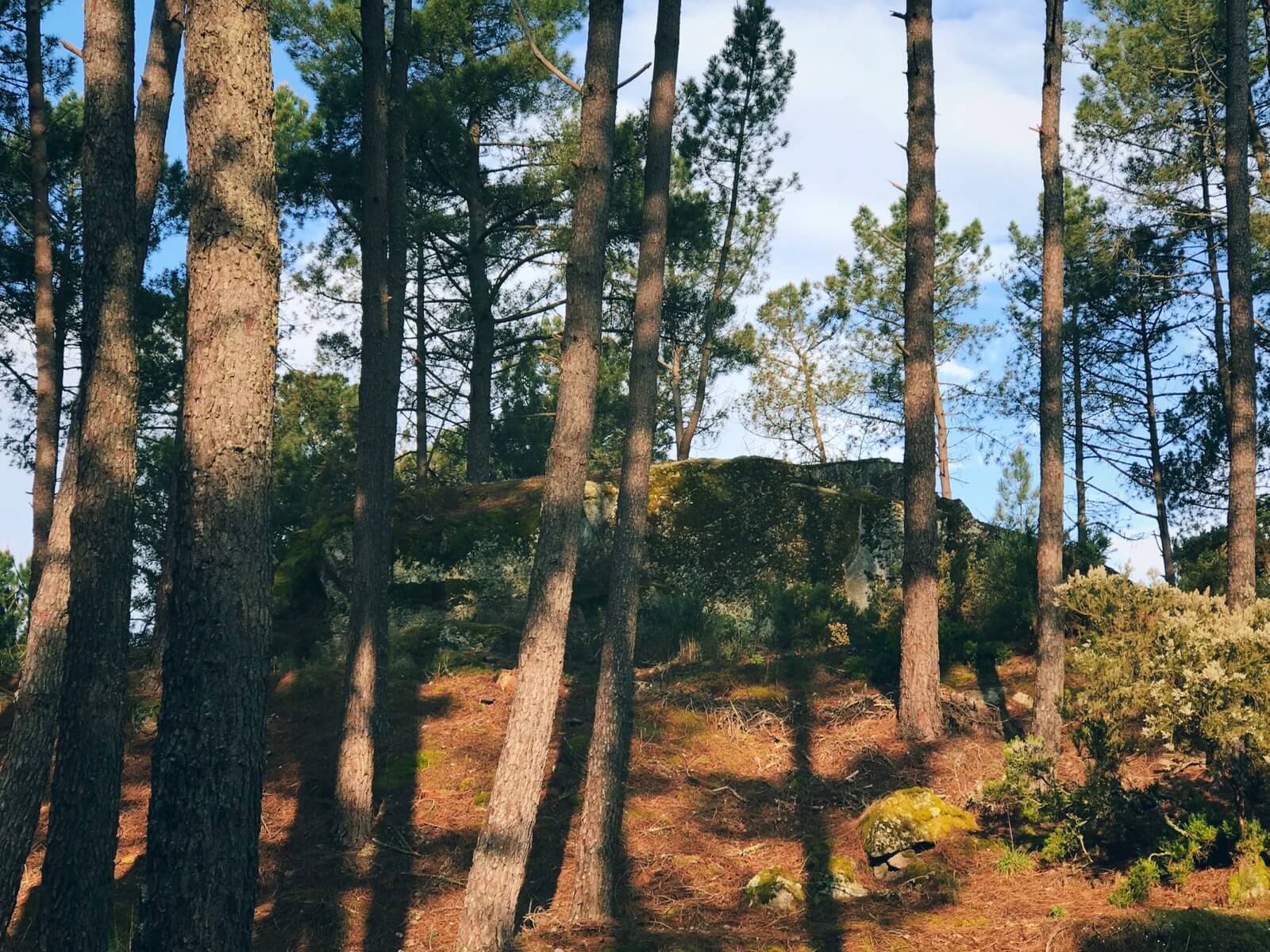
I named landmarks and paths to differentiate them, and to recount what I saw to Patricia if she hadn’t come with me. This is Nanín’s Uluru, aptly named Big Rock by me.
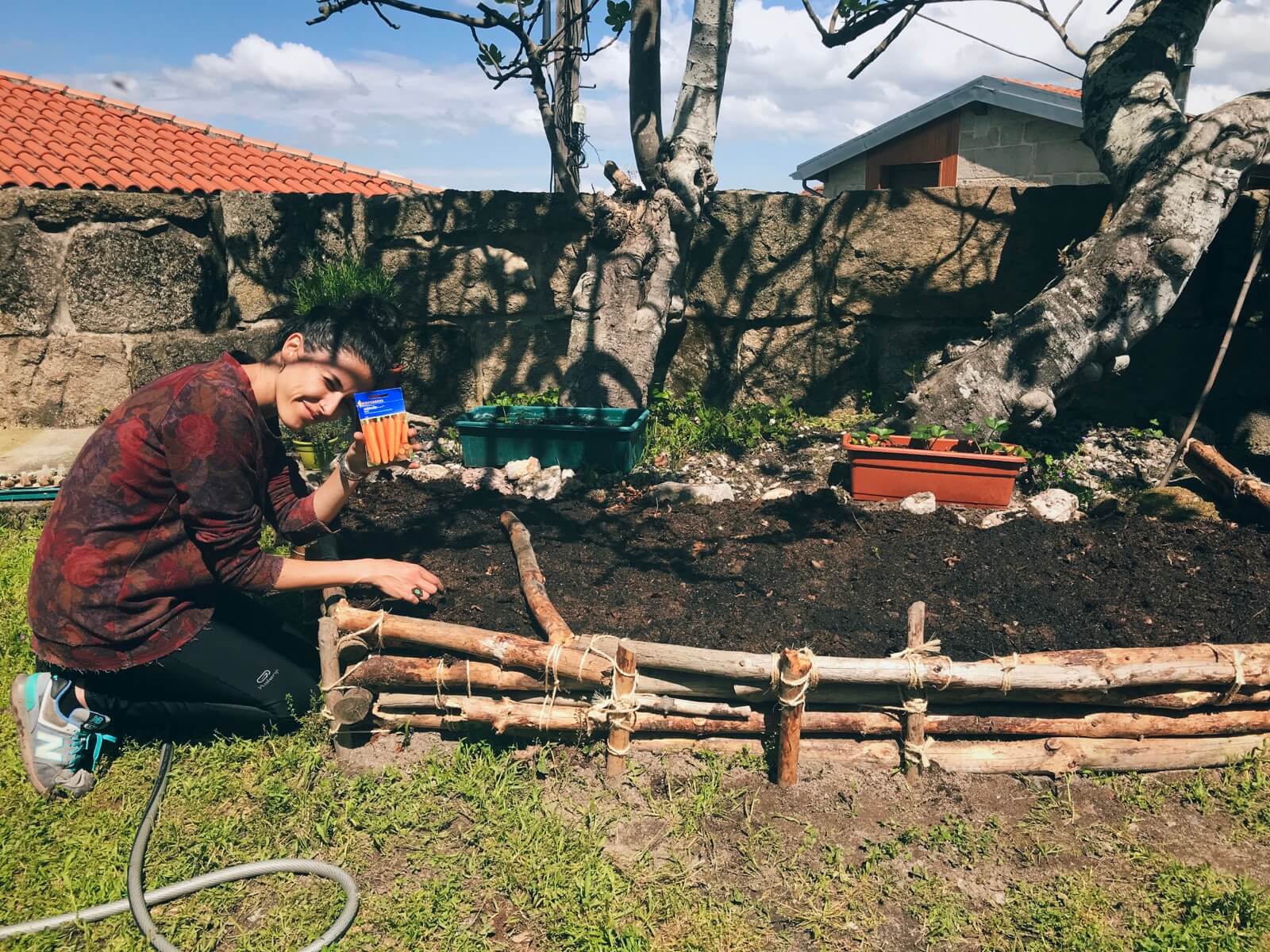
Nervous of the longevity of the quarantine and bored of being cooped up inside, we decided to spruce up the ignored small patch of garden in front of our house. Back up the monte to collect sticks and soil, we made a small raised bed where we planted carrots, arugula, strawberries, spinach, and beets.
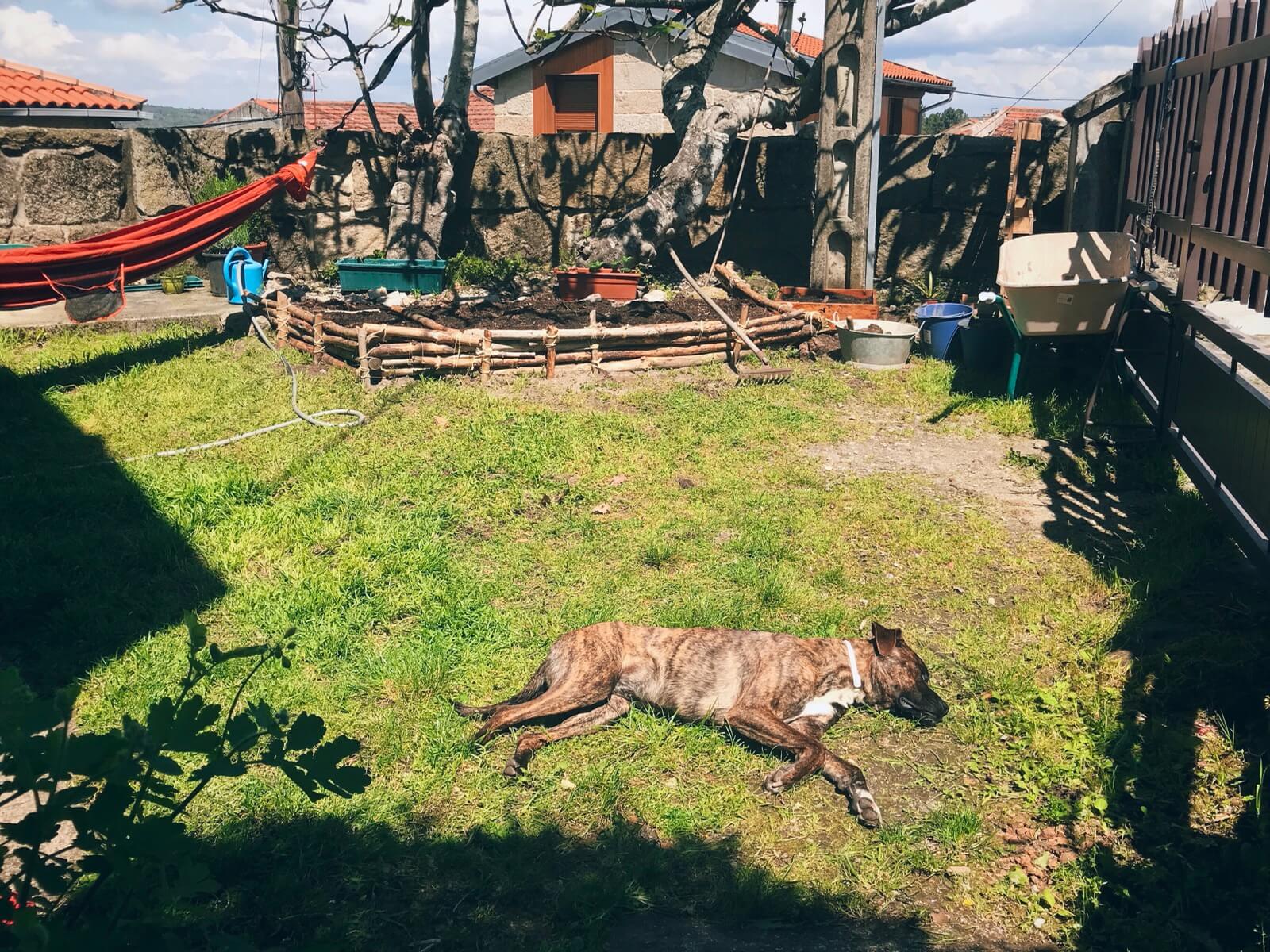
With the two-person hammock our friends gave us when we left Germany, the small space actually turned out relaxing. As relaxing as the first months of 2020 could be. The better weather helped immensely.
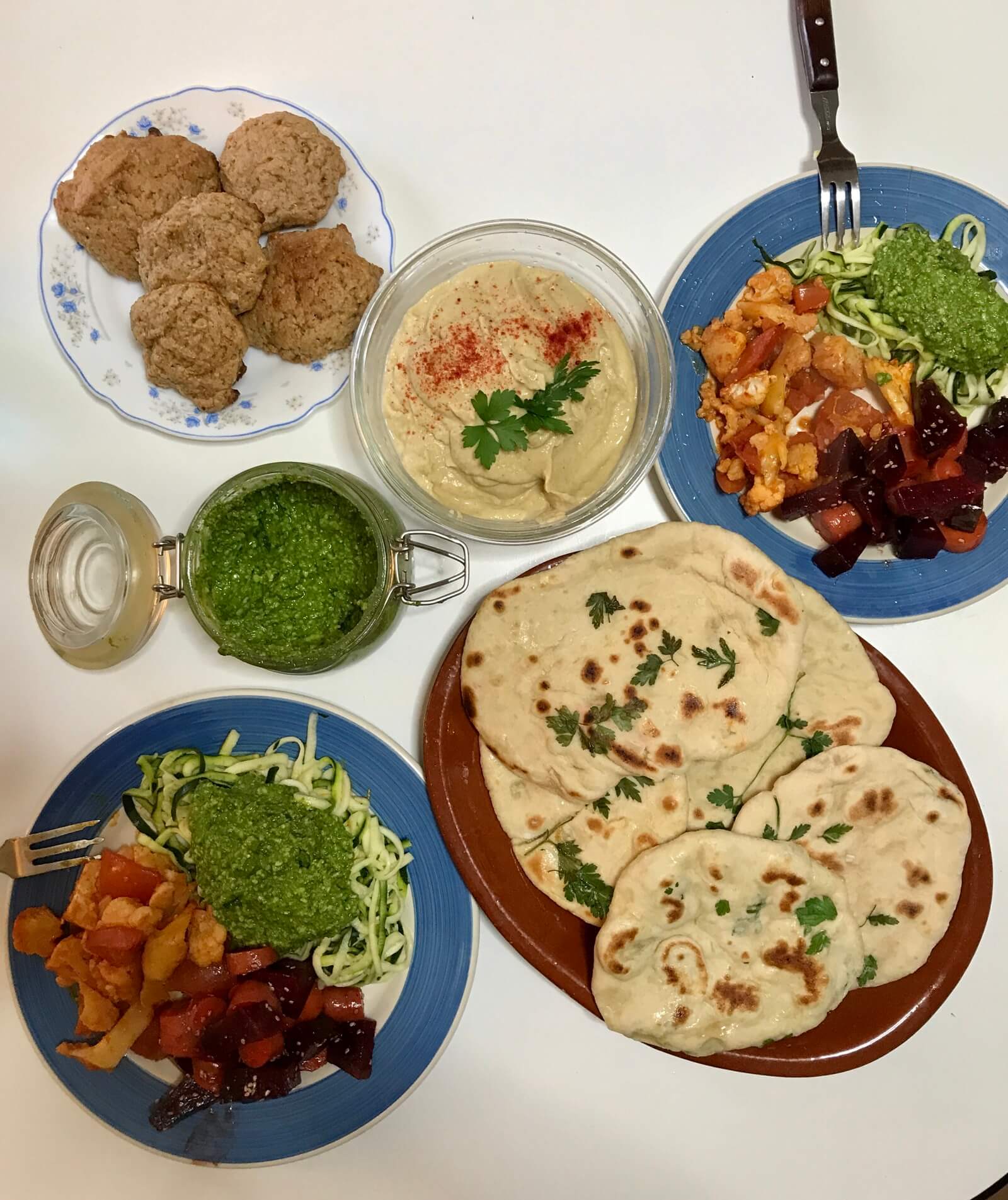
Last Ramadán, en plena pandemia, felt strange and familiar. As a convert, it reminded me of my first year, fasting at home, trying to explain my decisions to my family. Patricia fasted a bit in solidarity and helped provide us with amazing vegan or vegetarian iftars every night.
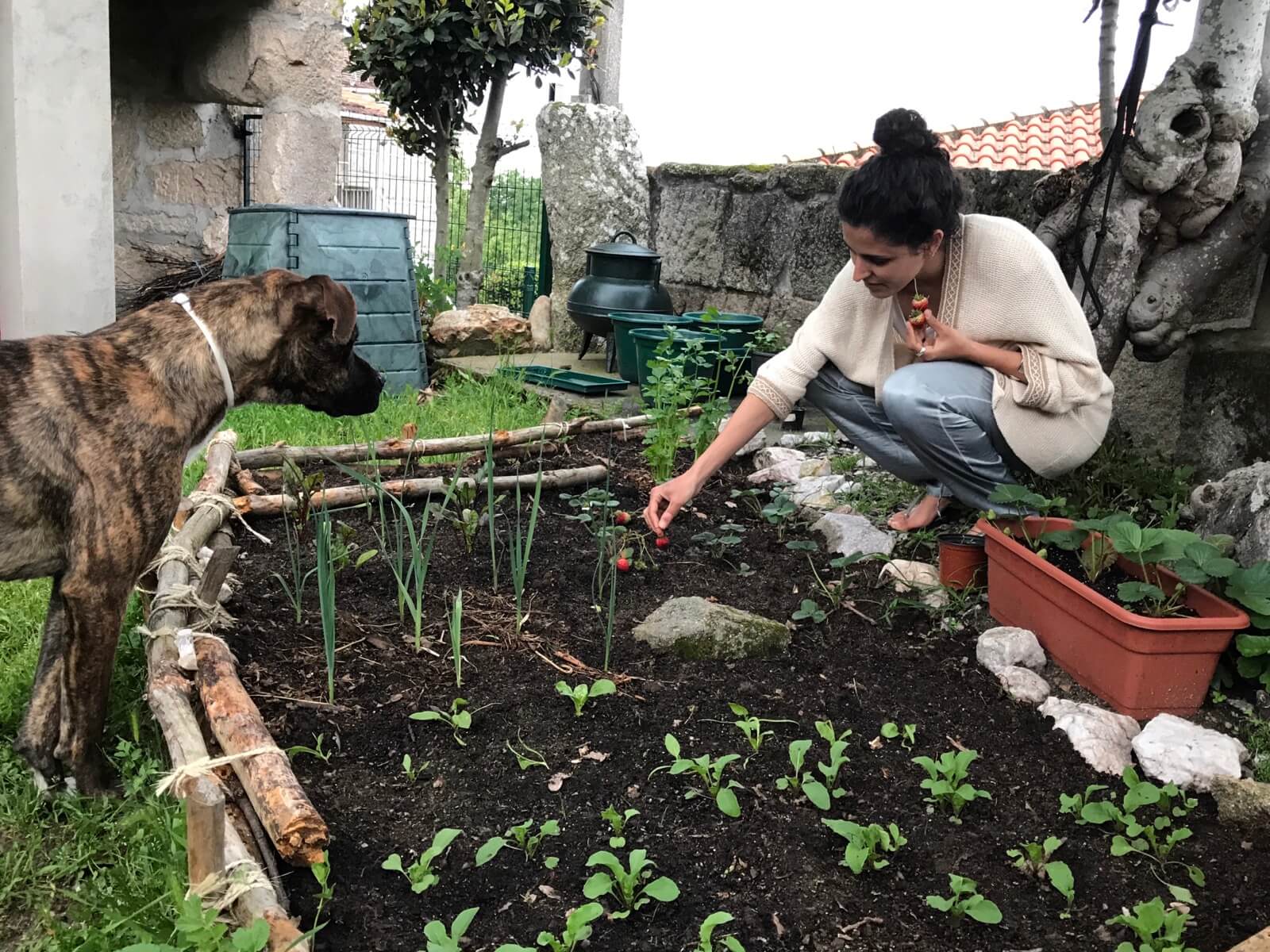
Patricia kept up the garden, Alqo did his part and mostly watched, not trying to lay down or dig it up.
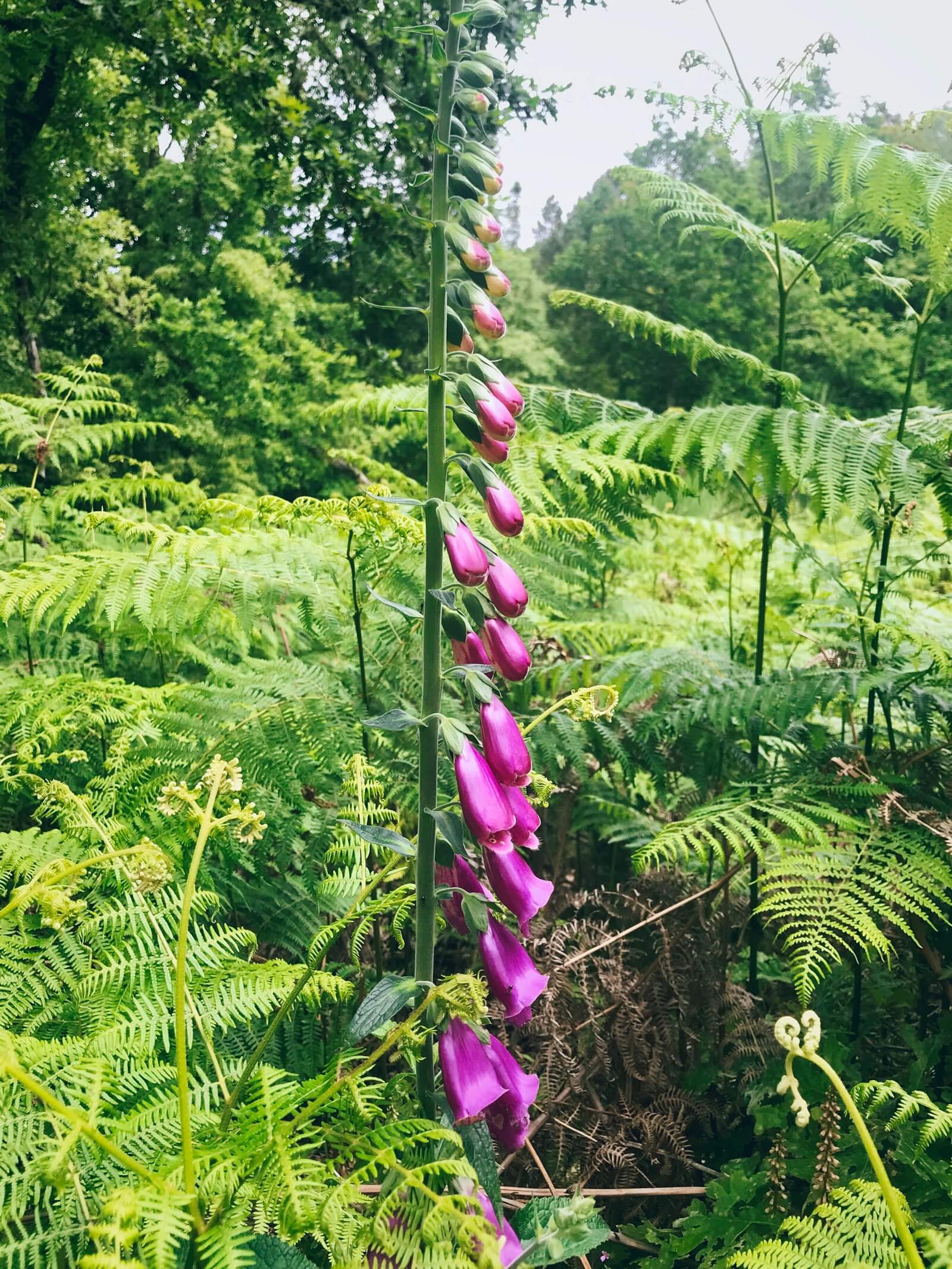
And I continued my daily after-lunch walks with the pup, admiring what I hadn’t noticed the day before.
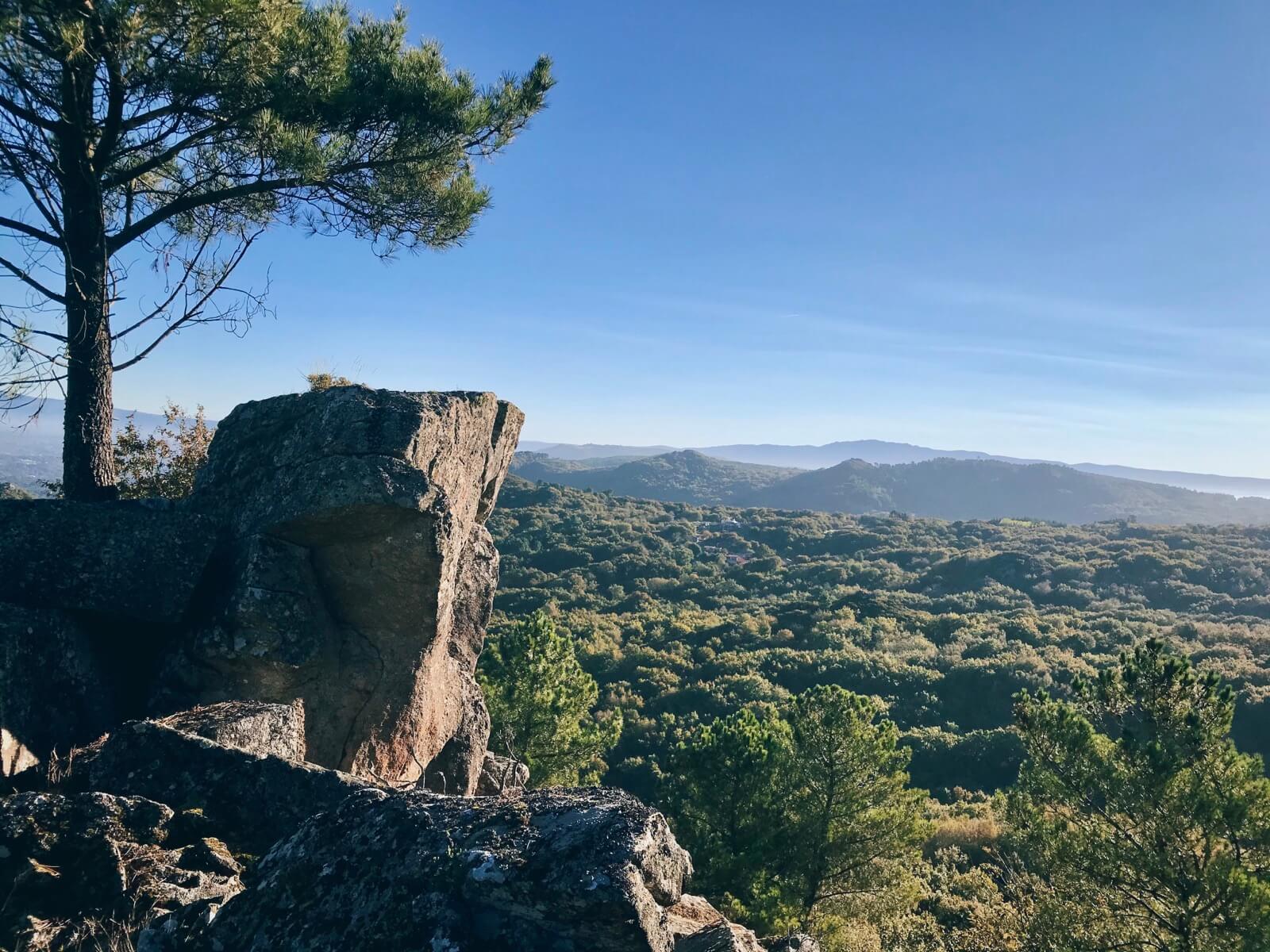
After a strange summer of house hunting, a few weekends at the beach house, and a quick trip to Portugal, fall arrived again. At the peak of summer, the monte was too hot and full of bugs to enjoy. The weather cooled, the bugs disappeared, and we were back to exploring.

In October, we found our spot and the rest is history. I’ll miss a few friends in Allariz. They know who they are. But after talking with a friend yesterday, I realize I don’t have bittersweet feelings about leaving. Here near the Val de Lemos, I’m reinvigorated to explore, keep improving my castellano and galego, meet local and foreign residents, and work on skills and habits I’ve been cultivating. So, Allariz, ata logo!
